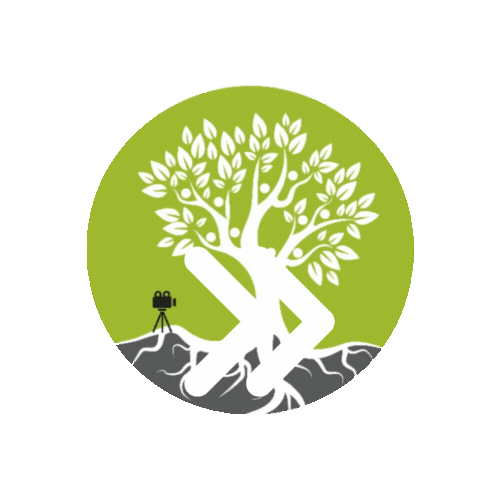Go on safari with 4×4 author and film-maker Andrew St.Pierre White when he teams up with well known historian, author and lecturer on the Kalahari, Mike Main. Together they present a unique perspective of some of the remotest and rarely visited parts of the Kalahari. If you love the Kalahari; you will be absorbed, inspired and enthralled by what you see here. AN ADVENTURE IN TIME TRAVEL Sekoma pan – typical of the Kalahari. Mike tells how the area was first explored, the pans being critical in enabling people to cross the thirst-land. The red kalahari dunes are surely the reddest in the world. Mike explains how the cattle have turned a thirst-land into what could be mistaken for a desert. Evidence of this can be seen by studying a tree and its roots. In a truly biblical scene, cattle, sheep and goats move off the dunes and water themselves at the only waterhole in a hundred square miles. The natural spring at Mosu on the edge of the Makgadikgadi basin. Evidence of elephant hangs from the palm trees. Unmistakable evidence that a giant lake once covered most of Botswana is found at the ancient shoreline of the vast Makgadikgadi Salt Pans. South of Sowa Pan, the largest flat area in the world, is a 400ft escarpment, where signs of antient habitation can still be found lying on the ground. Kubu Island lies on the western edge of Sowa Pan. Mike explains the curious rock wall: “Some like to call it the Lost City. It is neither a city nor is it lost. But it is a fascinating structure”. Final day of the expedition, the two-vehicle convoy travels across a section of Sowa to a rarely visited island – the most beautiful island imaginable.

